Filter by

The Biology of the Avian Respiratory System
The central focus of this book is the avian respiratory system. The authors explain why the respiratory system of modern birds is built the way it is and works the way that it does. Birds have been and continue to attract particular interest to biologists. The more birds are studied, the more it is appreciated that the existence of human-kind on earth very much depends directly and indirectly o…
- Edition
- 1
- ISBN/ISSN
- 978-3-319-44153-5
- Collation
- Biologi
- Series Title
- -
- Call Number
- 570

Kierkegaard After the Genome
This book brings Søren Kierkegaard’s nineteenth-century existentialist project into our contemporary age, applying his understanding of “freedom” and “despair” to science and science studies, queer, decolonial and critical race theory, and disability studies. The book draws out the materialist dimensions of belief, examining the existential dynamics of phenomena like placebos, epigen…
- Edition
- 1
- ISBN/ISSN
- 978-3-319-57981-8
- Collation
- Biologi
- Series Title
- -
- Call Number
- 570
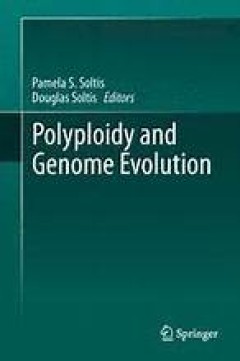
Polyploidy and Genome Evolution
Polyploidy – whole-genome duplication (WGD) – is a fundamental driver of biodiversity with significant consequences for genome structure, organization, and evolution. Once considered a speciation process common only in plants, polyploidy is now recognized to have played a major role in the structure, gene content, and evolution of most eukaryotic genomes. In fact, the diversity of eukaryo…
- Edition
- 1
- ISBN/ISSN
- 2012
- Collation
- Biologi
- Series Title
- -
- Call Number
- 570

Retrograde Evolution During Major Extinction Crises
This book is the first of its kind, providing in-depth analysis of the retrograde evolution occurring during major extinction periods. The text offers a non-strictly adaptative explanation of repetition of phyla after the major extinctions, utilizing a study of seven phylogenetically distinct groups. This opens a new experimental field in evolutionary biology with the possibility of reconstruct…
- Edition
- Ed. 1
- ISBN/ISSN
- 978-3-319-27916-9
- Collation
- -
- Series Title
- -
- Call Number
- -
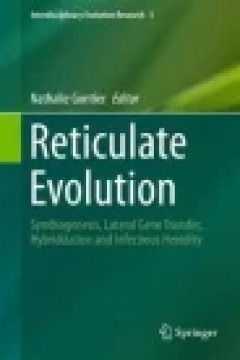
Reticulate Evolution
Written for non-experts, this volume introduces the mechanisms that underlie reticulate evolution. Chapters are either accompanied with glossaries that explain new terminology or timelines that position pioneering scholars and their major discoveries in their historical contexts. The contributing authors outline the history and original context of discovery of symbiosis, symbiogenesis, lateral …
- Edition
- Ed. 1
- ISBN/ISSN
- 978-3-319-16345-1
- Collation
- -
- Series Title
- -
- Call Number
- -
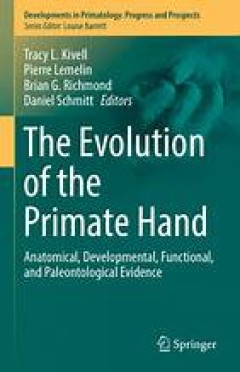
The Evolution of the Primate Hand
This book demonstrates how the primate hand combines both primitive and novel morphology, both general function with specialization, and both a remarkable degree of diversity within some clades and yet general similarity across many others. Across the chapters, different authors have addressed a variety of specific questions and provided their perspectives, but all explore the main themes descr…
- Edition
- 1
- ISBN/ISSN
- 978-1-4939-3646-5
- Collation
- XI, 589, 64 illustrations in colour
- Series Title
- Developments in Primatology: Progress and Prospects
- Call Number
- -
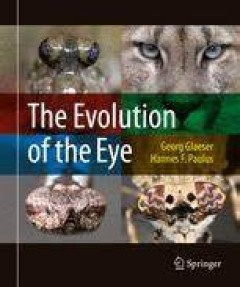
The Evolution of the Eye
With fascinating, spectacularly beautiful images, the book piques readers’ curiosity about the diversity of visual organs. This book is the result of a dual approach – scientific as well as aesthetic. The compelling images are accompanied by an easy-to-read, understandable text, aimed at both scientists and the educated public, and generally anyone interested in the beauty of nature. Thanks…
- Edition
- 1
- ISBN/ISSN
- 978-3-319-17476-1
- Collation
- XVI, 214, 297 illustrations in colour
- Series Title
- -
- Call Number
- -
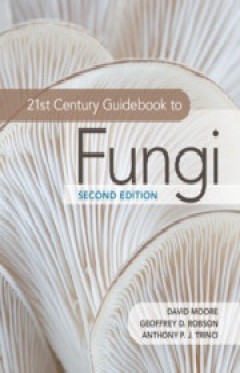
21st Century Guidebook to Fungi
The mysterious world of fungi is once again unearthed in this expansive second edition. This textbook provides readers with an all-embracing view of the kingdom fungi, ranging in scope from ecology and evolution, diversity and taxonomy, cell biology and biochemistry, to genetics and genomics, biotechnology and bioinformatics. Adopting a unique systems biology approach - and using explanatory fi…
- Edition
- -
- ISBN/ISSN
- 9781108776387
- Collation
- -
- Series Title
- -
- Call Number
- -

The Vertebrate Integument Volume 2 Structure, Design and Function
The emphasis in this volume is on the structure and functional design of the integument. The book starts with a brief introduction to some basic principles of physics (mechanics) including Newton’s Three Laws of Motion. These principles are subsequently used to interpret the problems animals encounter in motion. It is in only the last 40 or so years that we have begun to understand how imp…
- Edition
- -
- ISBN/ISSN
- 978-3-662-46005-4
- Collation
- -
- Series Title
- -
- Call Number
- -
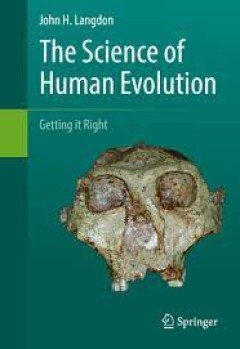
The Science of Human Evolution Getting it Right
This textbook provides a collection of case studies in paleoanthropology demonstrating the method and limitations of science. These cases introduce the reader to various problems and illustrate how they have been addressed historically. The various topics selected represent important corrections in the field, some critical breakthroughs, models of good reasoning and experimental design, and im…
- Edition
- -
- ISBN/ISSN
- 978-3-319-41585-7
- Collation
- -
- Series Title
- -
- Call Number
- -
 Computer Science, Information & General Works
Computer Science, Information & General Works  Philosophy & Psychology
Philosophy & Psychology  Religion
Religion  Social Sciences
Social Sciences  Language
Language  Pure Science
Pure Science  Applied Sciences
Applied Sciences  Art & Recreation
Art & Recreation  Literature
Literature  History & Geography
History & Geography